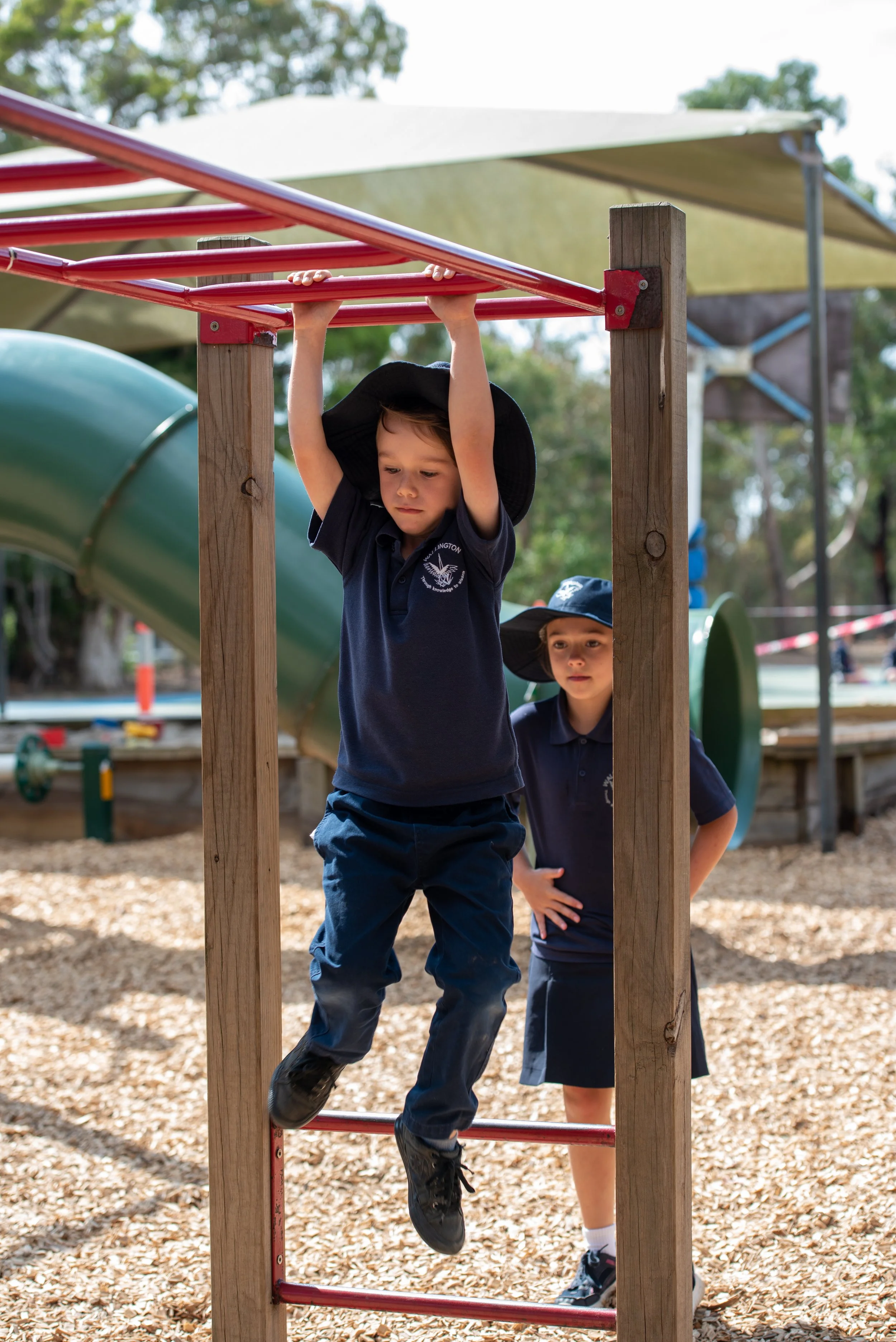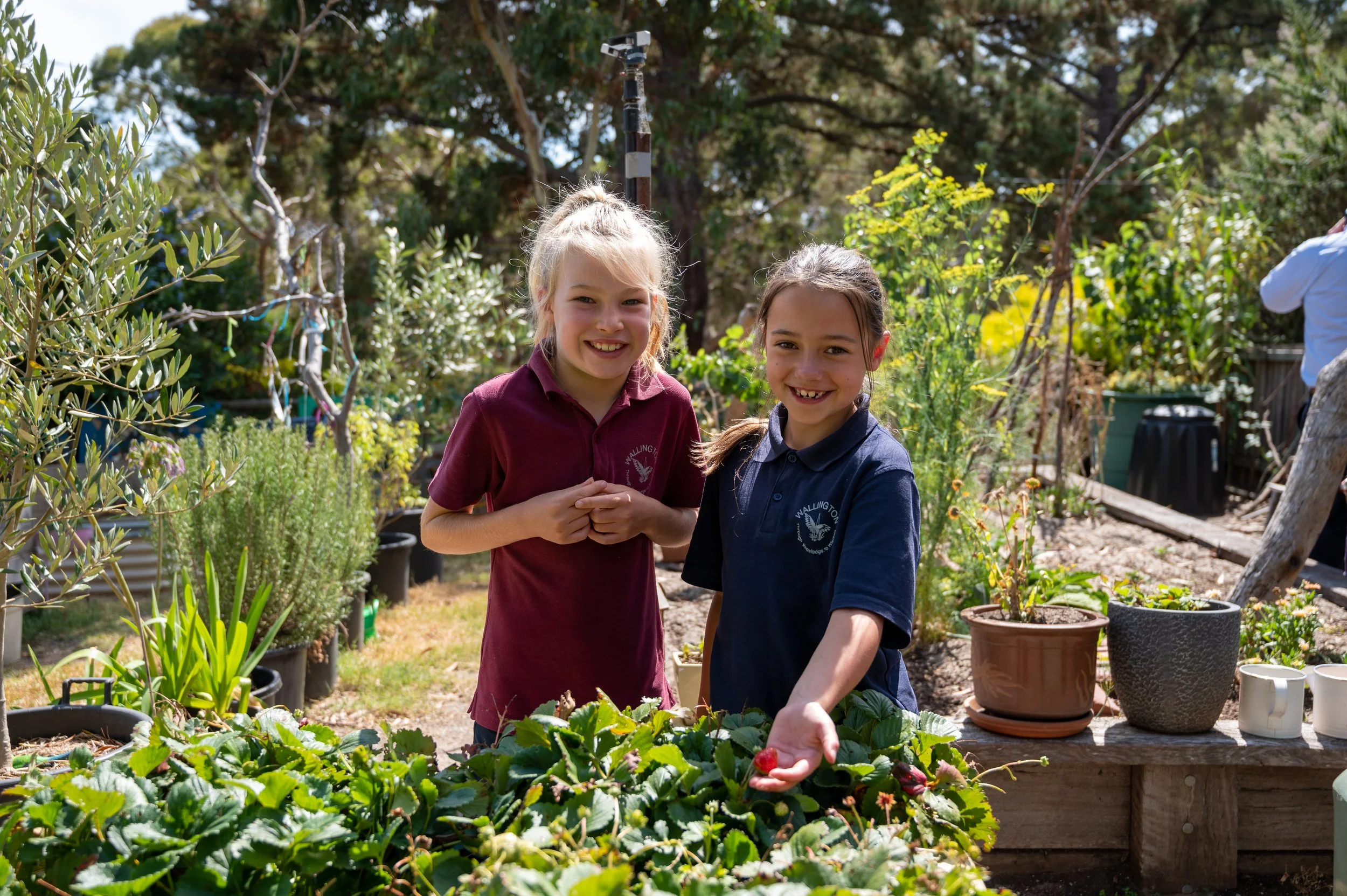High Impact Wellbeing Strategies
The High Impact Wellbeing Strategies (HIWS), are seven research-based methods created with Monash University to support student wellbeing. These strategies help our school staff learn how to enhance the wellbeing of students effectively. The HIWS are part of the Victorian Teaching and Learning Model (VTLM) and work alongside the High Impact Teaching Strategies (HITS) to improve teaching practices.
These strategies are designed to complement what we are already doing to support wellbeing. They work best when used with other mental health and wellbeing programs, including the Health and Physical Education curriculum and Resilience, Rights, & Respectful Relationships (RRRR) lessons on personal and social skills.
Build Relationships with Students: Teachers prioritise getting to know their students, fostering trust and respect to enhance student wellbeing and learning.
Facilitate Peer Relationships: Teachers create a respectful and accepting classroom environment that encourages students to connect with one another and collaborate effectively.
Establish and Maintain Classroom Expectations: Teachers set clear, consistent expectations and consequences in the classroom, involving students in the process to create a predictable and respectful learning environment.
Support Inclusion and Belonging: Teachers promote acceptance and celebrate diversity, ensuring all students feel valued, safe, and included while addressing any discriminatory behavior.
Foster Student Self-Efficacy: Teachers maintain high expectations for all students and help them build confidence in their abilities by encouraging perseverance and celebrating achievements.
Engage Students: Teachers actively engage students by tailoring lessons to their interests and needs, making learning relevant and challenging to promote attendance and participation.
Promote Coping Strategies and Facilitate Referrals: Teachers support students in recognising and using positive coping strategies, while also identifying when to refer them to additional support for their wellbeing.




